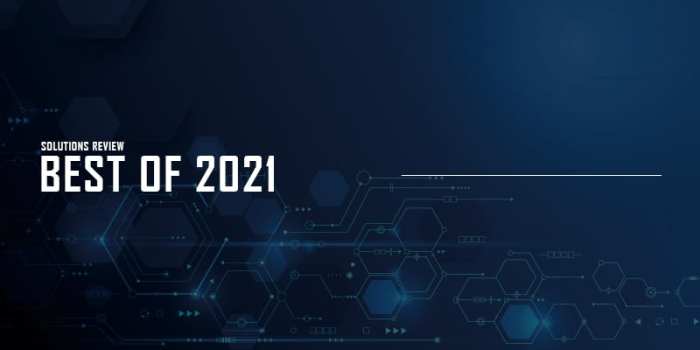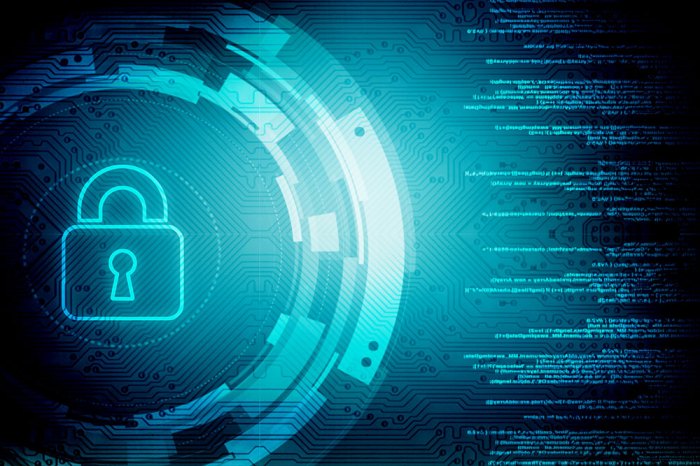Software to protect data – In today’s digital landscape, data is arguably the most valuable asset a business or individual possesses. From sensitive customer information to crucial business strategies, the potential consequences of a data breach are severe, ranging from financial losses and reputational damage to legal repercussions and even criminal prosecution. Therefore, implementing robust data protection software is no longer a luxury but a necessity.
Understanding the Need for Data Protection Software
Data protection software encompasses a wide range of tools and technologies designed to safeguard your information from unauthorized access, use, disclosure, disruption, modification, or destruction. This is crucial given the ever-evolving threat landscape, which includes sophisticated cyberattacks, insider threats, and accidental data loss. Effective data protection strategies require a multi-layered approach, often involving a combination of software solutions.
Types of Threats Data Protection Software Addresses, Software to protect data
- Malware: Viruses, ransomware, Trojans, and other malicious software can encrypt, steal, or destroy data.
- Phishing Attacks: These deceptive emails or websites trick users into revealing sensitive information.
- SQL Injection: Exploiting vulnerabilities in databases to gain unauthorized access.
- Denial-of-Service (DoS) Attacks: Overwhelming a system with traffic to make it unavailable.
- Insider Threats: Malicious or negligent actions by employees or other insiders.
- Data Breaches: Unauthorized access to sensitive data, often resulting from vulnerabilities in systems or applications.
- Hardware Failure: Physical damage or malfunction of storage devices leading to data loss.
Key Features of Effective Data Protection Software
Choosing the right data protection software depends on your specific needs and risk profile. However, several key features are common across effective solutions:
1. Data Encryption
Encryption transforms data into an unreadable format, protecting it even if it falls into the wrong hands. Strong encryption algorithms, like AES-256, are essential for robust protection. This includes both data at rest (stored on hard drives or in the cloud) and data in transit (being transmitted over a network).
2. Access Control and Authentication
Implementing strong authentication mechanisms, such as multi-factor authentication (MFA), and granular access control measures ensures that only authorized users can access sensitive data. Role-based access control (RBAC) allows assigning permissions based on job roles, limiting access to only necessary information.
3. Data Loss Prevention (DLP)
DLP solutions monitor and prevent sensitive data from leaving the organization’s control. This includes preventing unauthorized copying, emailing, or downloading of confidential information. These tools often incorporate content analysis and policy enforcement capabilities.
4. Backup and Recovery
Regular data backups are critical for business continuity. In the event of a data loss incident, having reliable backups ensures that you can quickly restore your data and minimize downtime. Consider both on-site and off-site backups for redundancy and disaster recovery.

Source: sdgyoungleaders.org
5. Intrusion Detection and Prevention Systems (IDPS)
IDPS monitor network traffic and system activity for suspicious behavior, alerting administrators to potential security threats. Intrusion prevention systems (IPS) can automatically block malicious activity.
6. Security Information and Event Management (SIEM)
SIEM systems collect and analyze security logs from various sources to provide a comprehensive view of security events. This allows for quicker identification and response to security incidents.
7. Endpoint Protection
Endpoint protection software protects individual devices (computers, laptops, mobile devices) from malware and other threats. This typically includes antivirus, anti-malware, and firewall capabilities.
Choosing the Right Data Protection Software
Selecting the appropriate data protection software requires careful consideration of several factors:
- Your specific needs and risk profile: Identify the types of data you need to protect and the potential threats you face.
- Scalability: Ensure the software can grow with your organization’s needs.
- Integration with existing systems: Choose software that integrates seamlessly with your current infrastructure.
- Ease of use and management: Select user-friendly software that is easy to administer.
- Cost: Consider both the initial investment and ongoing maintenance costs.
- Vendor reputation and support: Choose a reputable vendor with a strong track record and reliable customer support.
Examples of Data Protection Software
The market offers a wide variety of data protection software solutions. Some popular examples include:
- Microsoft Azure Information Protection: A cloud-based data protection service.
- Symantec Endpoint Protection: A comprehensive endpoint security solution.
- McAfee Enterprise Security: A suite of security tools for businesses.
- Sophos Intercept X: Next-generation endpoint protection.
- CrowdStrike Falcon: Cloud-native endpoint protection platform.
Frequently Asked Questions (FAQ)
- Q: What is the best data protection software? A: The “best” software depends on your specific needs and budget. Consider the features discussed above and choose a solution that addresses your organization’s unique security challenges.
- Q: How much does data protection software cost? A: Costs vary widely depending on the features, number of users, and vendor. Some solutions offer tiered pricing based on your needs.
- Q: How often should I back up my data? A: The frequency of backups depends on your data’s criticality. For critical data, daily or even more frequent backups may be necessary. For less critical data, weekly or monthly backups might suffice.
- Q: What is the difference between data encryption and data masking? A: Data encryption renders data unreadable without the decryption key. Data masking replaces sensitive data with non-sensitive substitutes while preserving the data’s structure.
- Q: What is the role of data governance in data protection? A: Data governance establishes policies and procedures for managing and protecting data throughout its lifecycle. It provides a framework for implementing and maintaining data protection measures.
Conclusion
Protecting your data is a crucial aspect of modern business and personal life. Investing in robust data protection software is an essential step in mitigating the risks associated with data breaches and other security threats. By understanding the various types of software available and selecting the solution that best fits your needs, you can significantly enhance your data security posture and safeguard your valuable information.
References
- National Institute of Standards and Technology (NIST)
- Cybersecurity and Infrastructure Security Agency (CISA)
- European Union Agency for Cybersecurity (ENISA)
Call to Action: Software To Protect Data
Ready to strengthen your data protection strategy? Contact us today for a free consultation and let us help you find the right solution for your organization.

Source: solutionsreview.com
Question Bank
What is the difference between data encryption and data masking?
Data encryption transforms data into an unreadable format, requiring a decryption key for access. Data masking replaces sensitive data with non-sensitive substitutes while preserving the data’s structure and format.
How can I choose the right data protection software for my business?
Consider factors such as the type and sensitivity of your data, your budget, the size of your organization, and the level of technical expertise available. Consult with security professionals to assess your specific needs.
Is cloud-based data protection software secure?
Reputable cloud providers invest heavily in security measures. However, it’s crucial to choose providers with strong security certifications and robust security practices. Carefully review their security policies and procedures before entrusting your data.
What is the role of regular backups in data protection?

Source: intelligentciso.com
Regular backups are crucial for data recovery in case of data loss due to hardware failure, malware, or accidental deletion. They act as a safety net, ensuring business continuity and minimizing disruption.
